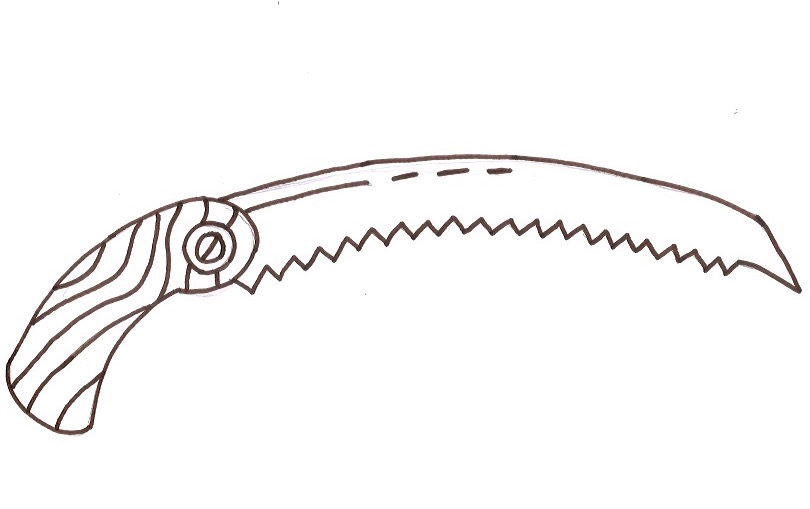There are pathways everywhere in the forest. This is clear to me as we walk along the ridge running north-south behind my home property. The weather is cooling now as September lumbers on, and the mycelial networks are sending up fruiting bodies everywhere: chanterelle, boletes, amethyst deceivers; and a vast majority of which I can’t name. These communities of fungi are the stitching in a flora fabric, tying most every plant together through a subterranean economy of physiological exchange. The forest’s patchwork blends together at each seam with hues of hemlock, chestnut oak, black birch, ironwood, basswood, witch hazel and sugar maple. Most of the ash are dead but still standing, killed by the foreign emerald ash borer, drilled and excavated throughly by pileated woodpeckers; but at the base of one large trunk we find basal sprouts spraying out in all directions, growing low to the ground as if hiding from something. Maple leaf viburnum and striped maple grow in the canopy openings left by the dead ash and hemlock, and some of the maturing saplings are raked into creamy ribbons from the white tail buck that is scratching what’s left of his velvet, making and marking his own path along the ridge, stirring up the soil with his hooves as he cruises this timber like we are, drawn along through the low golden light of the rich forest ridge one slow step at a time. Snakeroot blooms on the edges of openings, and wild grape vine strangles a few young oaks. In the old ruts of a logging road winding up through a natural drainage there is white wood aster poking up through the gray leaf litter like little star bursts, and between the faded skidder tracks Christmas and wood ferns find a home on the berm. Late in the day, the eastern side of the ridge where we are becomes dark just a little sooner than the rest of the world, but the wood ferns and the striped maple leaves glow bright green and light the way.

We observe nature and see a story unfolding. We give meanings to phenomenon in the natural world. We create metaphors and characters. We anthropomorphize. Merlin Sheldrake, in his book Entangled Life, writes that “The evolutionary biologist Richard Lewontin pointed out that it is impossible to ‘do the work of science’ without using metaphors, given that almost ‘the entire body of modern science is an attempt to explain phenomena that cannot be experienced directly by human beings,'” (Sheldrake, 211). We catch small glimpses of the machine at work, and we wonder. We poke and prod and trot along through it, or along side it, trying to keep up. Sometimes we find a shining silver coin and turn it over. Mostly though, our language is hardly sufficient to encapsulate the power and the precision upon which biology balances. Nor can we really quite grasp the depth or the breath upon which it expands. On the very far edges though, where we can isolate small details and specific characteristics for which we do have the language to illustrate, we find a key for unlocking some of the mystery leading to the underlying magic. Sheldrake reminds us that stories are important because they help us make sense of the world. Perhaps a small glimpse is sometimes all you need for a good story. One tiny bolt can hold an entire thing together, or take it apart. And the biggest graces are housed in such slight moments.
Bernd Heinrich writes in his work Winter World, “I thank the keen observers. I thank those who have cared enough about nature to to ask questions, explore, experiment, think, analyze, and draw cold-eyed conclusions from empirical evidence. It is they who have created the splendors of nature…Created? Yes. Nature exists. But the wonders of nature dwell in the minds of the sentient beings who are receptive to them,” (Heinrich, Winter World).
My son and I sit down to have a snack break at the base of the ridge. A large, flat rock is covered with moss and lichen. Nearby there is a decaying stump peppered with tropical-looking walnut saplings. Princess pine pops up nearby. I catch a quick flash from the blanket of leaves covering the forest floor. A small flickering in between the edges of red maple and birch leaves. I move my face closer to the earth, and see a small pair of black eyes staring back. A Slimy salamander, Plethodon glutinous blinks once and vanishes back into the catacombs of leaf litter. She pops back out two feet away to inspect us again, and scurries across a flat, moss-covered rock, belly dragging between her short legs. She is black, shiny, speckled gray-white and marvelous. I wonder: what is it like to breathe through my skin? how cool is the dank soil three feet underground? How big do these people look? These thoughts help to make a story about the forest in my mind. They are infantile mechanisms compared to the rock, the lichen, the ferns and the salamander. This forest has been folding into itself and unfolding again, in every crack and on the edge of every contour, for millions of years. There are pathways through the forest. Some are bold with color, hard lines carved into the woods that many creatures follow. Others are more subtle, like the faded skidded tracks, like the silk of mycelial threads or threads spun by spiny orb spiders. All pathways lead somewhere, they are a connection between things. Its the oldest story, and we are a part of it now.







Leave a Reply
Your email is safe with us.